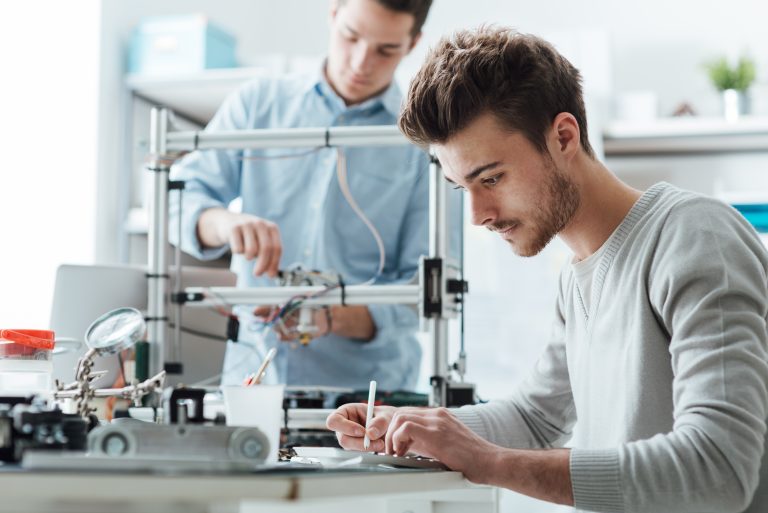It is said that everything begins with the basics, and this is especially true when it comes to the health of our feet and the effects of improper foot care. When our feet express pain or discomfort, we need to pay attention to their signals. This is where the medical precision of 3D printed foot orthoses comes into play, but we still need to give ourselves time to adjust to them.
Tips for getting to love your 3D-printed orthoses over the long term for their many benefits
It is impossible to find a better option when it comes to acquiring a foot orthosis than to use the 3D technology provided by a specialized lab like Talaria. It is crucial to get the advice of an expert who can identify the precise requirements based on each person’s unique physical characteristics. It is also important to realize that a 3D orthosis is the product of meticulous data collected by experts and three-dimensional printing. To follow the development of the foot, this digital « mold » can then be altered and recreated as needed. The initial fitting session for the new orthopedic insole and the adaption period might start after a brief time of one to two weeks.
If you take great care to introduce the 3D orthoses to your foot gradually over the course of one to two weeks, it will be simpler for your foot to adjust. Removing them from your shoes each day will help to ensure their longevity. They can be washed, but avoid using hot water or brushes with bristles. Hand-wash them with a sponge, warm water, and a mild soap.
Is there an adaptation between traditional orthoses and 3D-printed orthoses like Talaria?
The orthopedic insoles you can purchase at major pharmacies and 3D printed orthoses are very different, and for good reason! Because they are created from your individualized characteristics, 3D orthoses exactly conform to YOUR foot, just like an orthosis made specifically for your proportions. Store-bought insoles will undoubtedly fit, but they cannot be altered to address issues that call for an orthopedic insole. Test it out to see the difference.
Can the upkeep of this particular orthopedic insole be impacted by how it is fitted?
As in all things concerning health, it is imperative to listen to your body. This is what you should do when deciding whether to consult a professional in case of foot pain. It’s also what you should do when you get new insoles. It is important to take the time to get used to them.
Keeping this in mind, 3D orthoses are created using the user’s biometric information. You must be willing to put in a little work to maximize the precision of the molding and shorten the time needed for adaptation to the orthoses. When you first try anything and move around, it is normal to feel a little uncomfortable. This is the start of the « break-in » period, during which the feet adapt to this new environment. It is natural to attempt to regain a certain balance and your regular range of motion because your full weight exerts pressure on these personalized insoles.
New users are strongly advised to progressively extend the fitting time by adding an hour per day for two weeks. When the ideal balance is attained, you will feel it. Ask your podiatrist about a potential new fitting if there is ongoing pain or discomfort.
Conclusion
A customized orthosis encourages a much more seamless adjustment to your foot’s new reality, which is the beauty of medical accuracy in the service of orthopedic insoles. Understanding the difference between pain and discomfort as well as between insoles that are purchased at a store and those made by experts is essential. Additionally, you can enjoy your orthoses for a long time by minimizing the adaptation period if you follow their guidelines for use and maintenance.
We hope this article has clarified any questions you may have had about it. Give your feet and your posture a boost right now by getting in touch with your local Talaria partner if the need arises.
